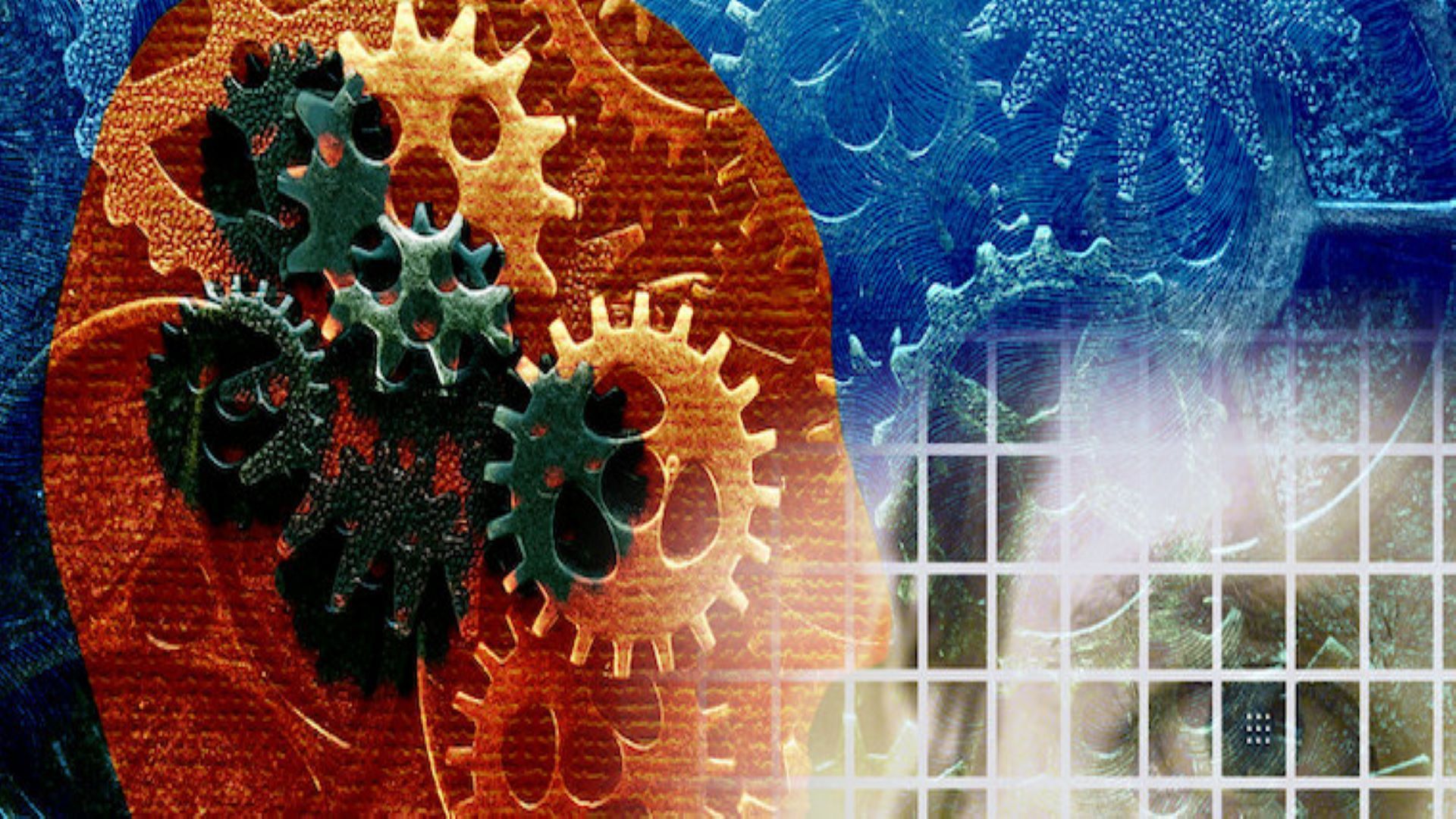
The year 2025 will be the year of The Automation of Everything as the U.S. speeds up adoption of AI. Businesses will completely rethink business models, and extreme levels of geopolitical and economic uncertainty will mean enterprises will have complete “Plan B” business models ready for pivot. We will see the demise of chatbots and the rise of lakehouse data projects.
Given the extreme level of geopolitical and economic uncertainty, enterprises in the U.S. and globally in 2025 will redefine business models that are rapidly pivot ready. Plan B will be locked and loaded as a secret shadow business model.
The Automation of Everything means every facet of enterprise will accelerate, and the role of the human-in-the-loop will be further refined. Soft skills such as problem solving, thinking outside the box, communication, collaboration and teamwork will be prized more than ever before as AI’s current limitations are more widely recognized and understood.
As the use of AI accelerates globally in 2025, more organizations will totally rethink their business models and strategic approaches. They will unlock AI capabilities in new ways and increase the speed of AI market opportunities and revenue streams. This will result in senior business leaders allocating more specific goals and KPIs to derive more value from AI projects.
Industry analyst firm IDC says, “Over the past 18 months, organizations of all sizes and industries engaged in extensive hyper-experimentation with AI. In 2025, we anticipate a shift from experimentation to reinvention. This shift will be driven by the introduction of AI agents, renovations in data, infrastructure, and cloud to deliver scalable ‘answers,’ and an enhanced focus on resilience through sound economics and pervasive cyber-recovery.”
This transformation, they add, is forecast to surpass $749 billion by 2028, with about two-thirds of the projected $227 billion AI spending in 2025 to come from enterprises embedding AI capabilities into their core business operations. This will be greater than investments in leading cloud and digital service providers.
We will see falling reliance on chatbots, and funding for chatbot projects will diminish throughout 2025. Organizations will be shifting quickly from chatbots to focus on projects that target more mature role-based AI capabilities.
The customer experience and the customer journey throughout the whole touchpoint lifestyle will be redefined using AI as the main interface in 2025 and beyond. AI at the edge will become critical to meeting customer experience goals, which will drive massive infrastructure demand in the form of compute at the point of inference at the edge.
We will see the acceleration of data projects in 2025 that leverage lakehouse technologies to fuel AI’s widespread adoption, including at source where the data is created. A shift towards a federated model of data management in 2025 will see the emergence of the ‘atomic lakehouse’ as the industry shifts further away from the centralized model towards the notion of many data stores, streams, lakes and databases, and files being coordinated and analyzed for AI and other decision support models.
Never heard of ‘atomic data’ and the ‘atomic lakehouse’? In 2025, you will. This new data management approach offers consistent, accurate and granular insights with data elements that cannot be broken into smaller components without losing contextual meaning. In a data lakehouse environment, atomic data can be stored in a data lake with other types of data and is a powerful resource that can be leveraged to provide superior data analytics.
In 2025, we will see organizations strive to align more strategically to environmental reporting and align brands more strongly with sustainability initiatives. This will include a stronger focus that will unlock funding to turbocharge development of more sustainable technology architectures that reduce the complexity and compute time to extract real-time, rapid and accurate data insights and reduce electricity duplication and waste.
In summary, the year 2025 will stand as the year of The Automation of Everything, ushering in the demise of rudimentary chatbots and the rise of lakehouse data projects, driving technology innovation in the year ahead.
